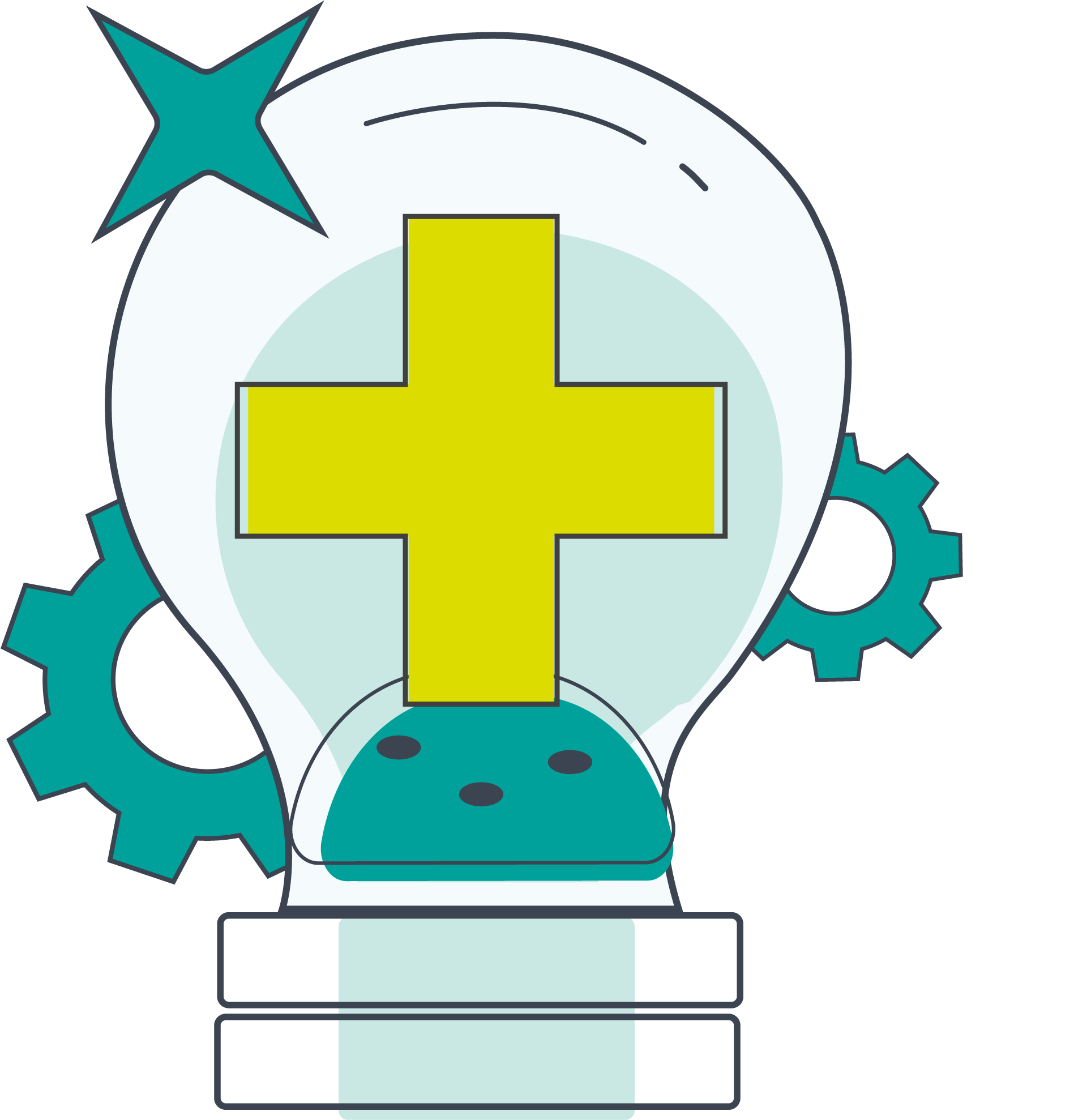Why patient-centred care?
Thanks to medical advances, the cure rates for cancer have increased and more patients are now living longer with cancer than before. This also means that the need for high-quality supportive, palliative, survivorship and end-of-life care is becoming increasingly important.
In current clinical cancer care in Europe, the primary focus lies on treating the tumour and curing the disease, even in the very late stages. People with cancer, however, risk substantial physical, psychological, and social problems resulting from the diagnosis, the treatment, and the aftereffects of the disease. What is therefore needed in cancer care is a more holistic approach that takes into account the medical as well as mental and social needs of the patient.
Studies have shown that involving cancer patients more directly in decisions about their own treatment and care is beneficial for both patient and caregiver.
Benefits include:
-
Better symptom management
-
Reduced symptom burden
-
Increased patient and caregiver satisfaction with care
-
Better quality of life and less psychological distress
-
Likely prolonged survival time

Our objectives
The overarching goal of MyPath is to develop and implement innovative patient-centred care pathways, configured on a user-friendly digital platform called MyPath. Patient-centred care pathways are care plans tailored to an individual patient based on both clinical and patient-reported data. Through real-time communication, the MyPath solution will facilitate shared decision-making between patients and health care providers.
Successful implementation of MyPath into routine cancer care will significantly improve the quality of and access to care for patients, family members, and caregivers. In addition, it will facilitate the organisation of care for health care providers at many levels. These outcomes, in turn, will help to reduce the physical, emotional, and economic burden linked to cancer.
Our approach
To achieve our goals, we will first define the content and structure of the novel patient-centred pathway drawing on our expertise in clinical cancer care and research, patient involvement, and scientific treatment evidence and guidelines. This will form the basis for our digital solution called MyPath, to be configured on an eHealth platform.
MyPath will then be implemented at nine cancer centres all over Europe in order to prove its effectiveness and sustainability. Data gathered from these centres will be used to further refine both MyPath and the ways in which it can be implemented in clinical practice.
Impact
The expected outcomes of MyPath will affect all those involved in the healthcare system, from patient to policymakers, on various levels. We envision that clinical centres across Europe and worldwide will adopt our innovative solution and integrate patient-centred care pathways with current tumour-centred care practices. This, in turn, will considerably improve the quality of daily cancer care and change the way healthcare providers work in the long term.
Most importantly, MyPath is expected to lead to:
- A better quality of life, reduced health burden and suffering, and a longer expected survival time with more time spent at home for the patient;
- Patient empowerment through direct engagement in decision-making processes and increased knowledge about these processes;
- Increased productivity and mental well-being of healthcare providers thanks to optimized workflows and enhanced support;
- Improved sustainability of the healthcare system through the reduction of societal and financial burden on patients, caregivers, and society.




